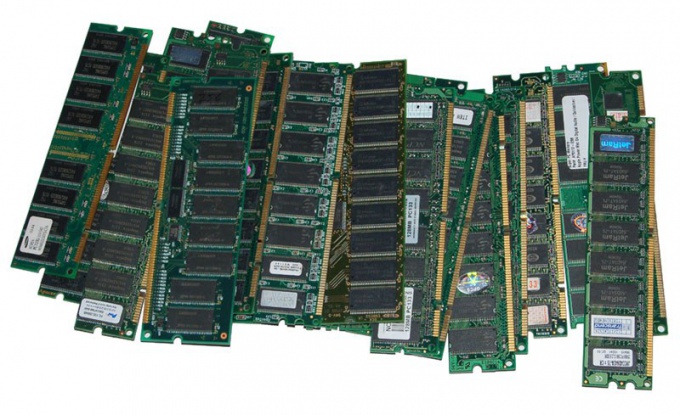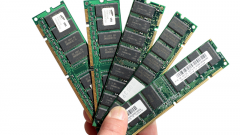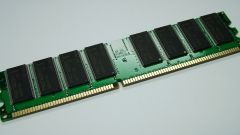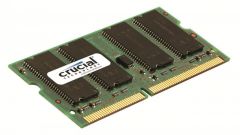What is RAM?
Memory is one of the most important components of a personal computer. Its amount depends on the performance of your PC as well as speed of processing various requests by the CPU. If RAM becomes too little, it partially can solve the problem of virtual memory.
Maximum supported amount of RAM
When choosing and buying a certain amount of RAM the user should consider the maximum amount that is capable of maintaining the operating system and motherboard. Usually the problem lies in the OS. For example, Windows XP only supports up to 4 gigabytes of RAM (assuming that you have installed the 32-bit version). If it is greater, then OS will not be simple to read, respectively, the remaining part will not be used. As for 64-bit versions, they are able to support up to 128 GB of RAM. Unfortunately, the number of the maximum limited by the version of the operating system, not just its bitsize.
In addition, a small portion of memory is consumed more and the device being used. That is, if the user has a 32-bit Windows XP operating system and 4 GB of RAM, approximately 400-500 MB will go to ensure the operability of other devices.
As for modern operating systems of the Windows family, they are able to work with 192 gigabytes of RAM, and Windows Server 2008 supports up to 2 terabytes. This expansion was made possible through the use of virtual address space. Each user of a personal computer can learn more about the maximum supported amount of RAM each version of Windows on their official website. Overall, for good health of a personal computer today requires at least 4 gigabytes of RAM (if the computer will be used as a multimedia station). If the personal computer will only run office tasks and used only office applications, it is enough 1-2 gigabytes of RAM. Of course, if the user will use the PC for gaming and for office applications, the amount of RAM it is better to bring to the possible maximum.







